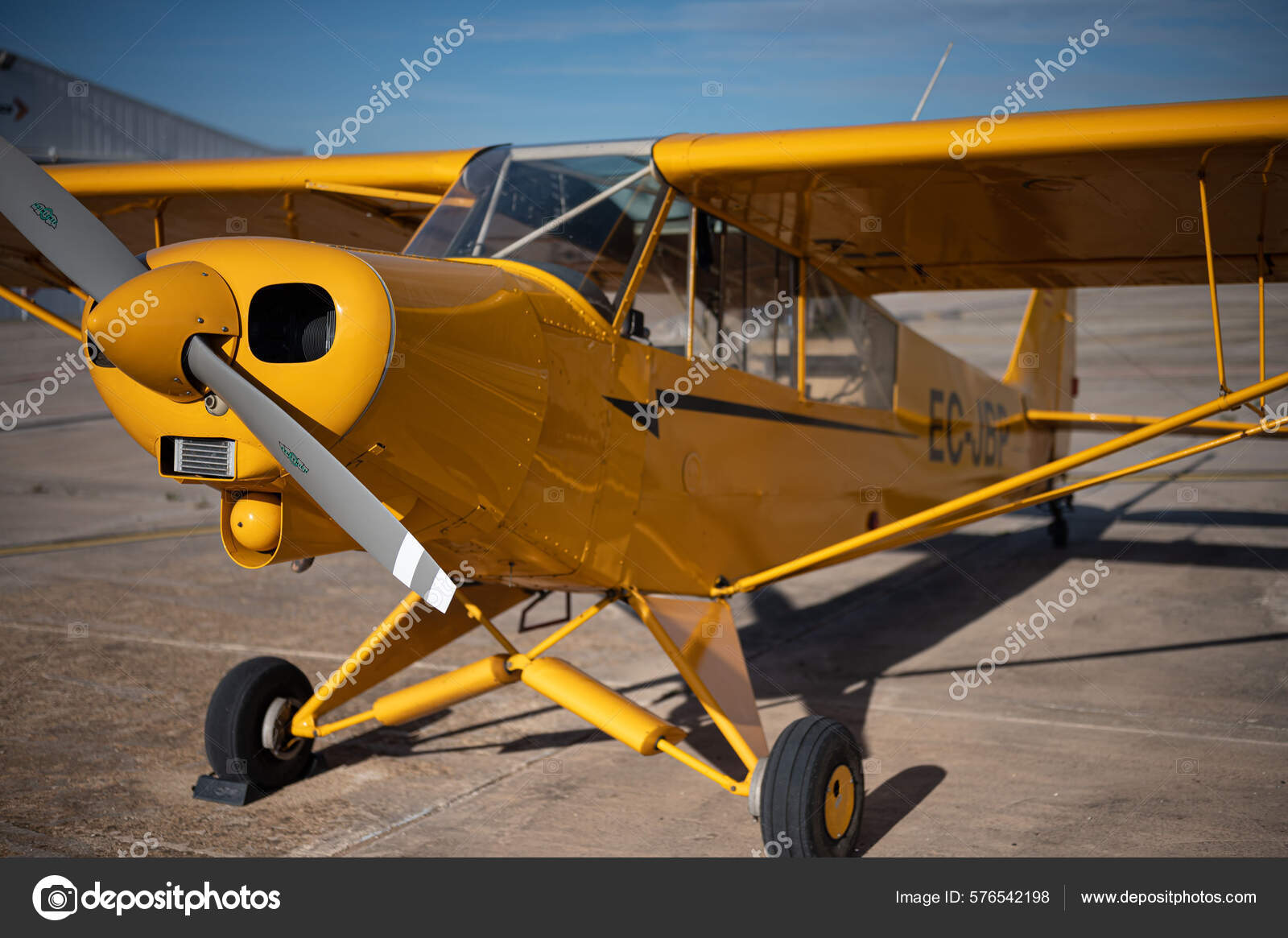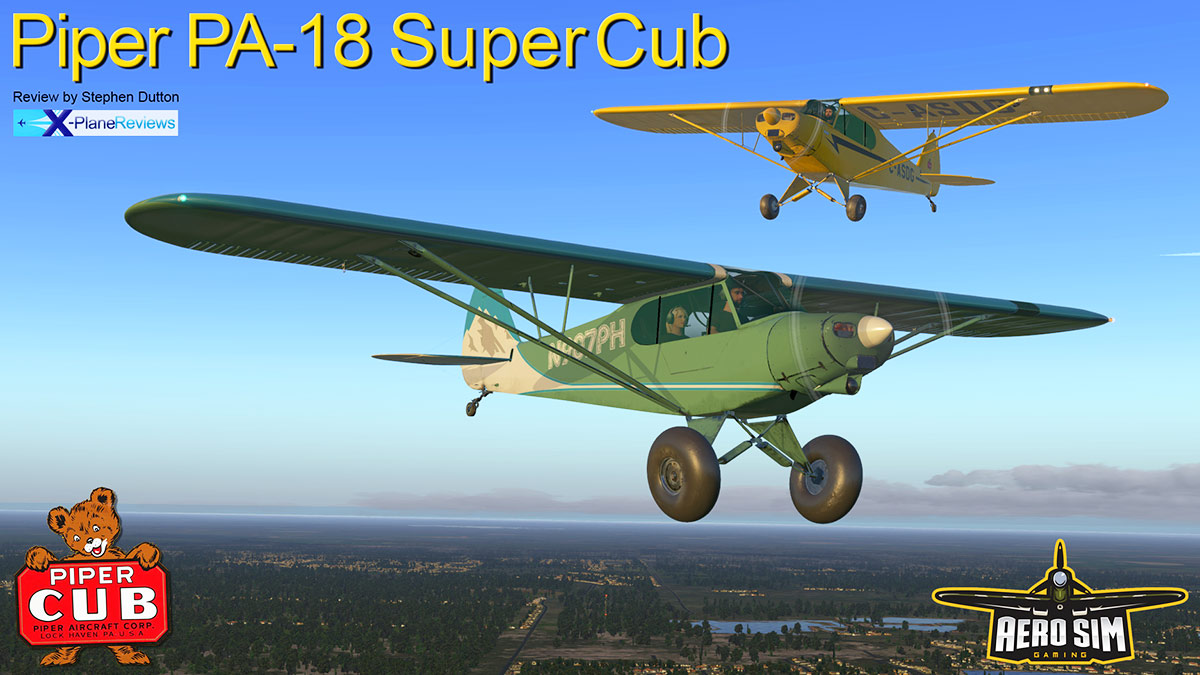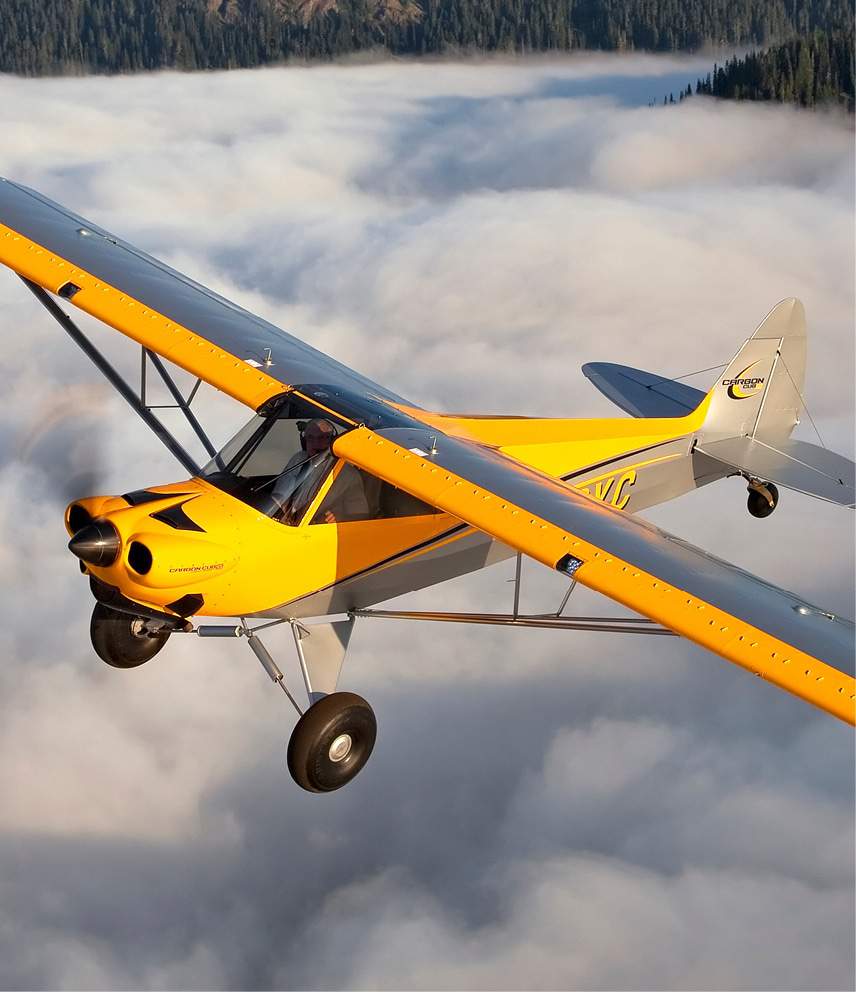Cub Aircraft - Featured Plane The Story of the Twins Born in the '30s when airplanes were lighter and more powerful, the Cub became an aviation icon.
It's happy and sad—and unexpected. I was in Florida on an editorial assignment when I stopped by Globe Aero, Phil Waldman's pioneering boat company in Lakeland. I did the first 50 world cruises for Globe in the late 70s and 80s and, although times have changed, Waldman still has something interesting parked on the grass in front, either from a place with boring or about to leave.
Cub Aircraft

On this trip, there was a Grumman Traveler in military paint, a brand-new, Italian-registered Seneca V bound for Naples, and two Dornier Skyservants fresh from the German surplus sale in Frankfurt.
Cubcrafters Introduces Carbon Cub Ex–3, Fx–3
Most importantly, the topic of discussion is the small yellow airplane hidden in the hanger—what everyone calls "the ultimate Super Cub." It turned out later to be front-to-back; The last complete Cub was sold to Stan Monger of Bozeman, Montana. Despite Muncie Aviation's best efforts to keep the Cub alive (Muncie bought Piper in 1994 to produce 24 Super Cubs), Piper eventually threw in the towel on production of the small, fabric-covered aircraft, and this into the last batch of Cubs to roll. . off the Vero Beach, Florida, production line. Waldman is completing the airworthiness certification of the plane, after which it must be unloaded, stowed, and flown to Switzerland.
Ironically, however, one of America's cheapest and most important aircraft was sold abroad. It's also a coincidence that I just flew a new Cub, a restored, 65-hp Piper L-4 grandpa at the late Doug Dullenkopf's Screaming Eagle Aviation in Santa Paula, California.
The two planes are similar, but different. Both are new, although the 150-hp Super Cub is still standing from the factory. Screaming Eagle's L-4J is better than new, one of those amazing land modifications that can only be considered a tribute to the builder's perseverance - an aircraft that has to be seen to be seen.
The L-4 Dullenkopf, an early 1945 model, actually saw military service in the Pacific near the end of the war, was sold as a surplus for $600 in 1947, and redesignated NC68915. It was shot in Northern California for the next 35 years, a hurricane rolled in behind it in the late 70s, and it was left untouched until 1982.
Lsas: Perfect Aircraft For A Fly In At Triple Tree Aerodrome
That's when Charlie Gerbi of Woodland, California, bought the boat and began a restoration that required 10 years of painstaking work. In addition to an incredible rebuilding effort that included the airframe, fabrics, interior, engines, panels, and paint, Gerbi upgraded the L-4 to an optional Beech Roby pitch-controller once it was put on hand. capital L-4s.
In contrast, the new Super Cub has zero options. Waldman's Swiss model is a clean plane - two wings, tailwheel, engine, and fairing, all built around two seats - no top, no extras. It was deaf, dumb, and blind IFR, with no radio or gyros. Needle, ball, airspeed, altimeter, and compass round out the plane's equipment, and $84,900 is the price.
Sitting in a bright yellow cabin on the hill at Globe, the Lycoming engine running effortlessly, I can't help but think about the history in this friendly machine, the one who forgives. Born more than six years earlier with only 20 hp to spare, the PA-18 took on the entire Piper family of aircraft with the Pacer, Vagabond, Cruiser, and Clipper monikers. The Cub also indirectly helped produce thousands more airplanes with names like the Bonanza, Skyhawk, Cherokee, and Malibu.

For me, as for thousands of other pilots, the Cub really represented the beginning. As a 13-year-old CAP in Anchorage, Alaska, I shoveled snow off the taxiway, washed planes, cleaned the hangar, held the lights, and went to coffee to get a chance to fly.
Piper Cub \
I rode it for the first time in 1953 in a striped yellow, flying from Anchorage's Merrill Field on deep winter skis. Floyd Threet's 1947 Piper "Super" model, so named for its efficient 90-hp Continental engine, was described as the "Slow Poke" by the CAP I squadron.
All these years later, I remember that plane vividly, crashing into my parka in the back seat as we drove low through the snow-covered pine forests and frozen Alaskan lakes, feeling weak with a speed of fear of 70 mph or 60 knots (whatever it is). ). so). In the past, I remember the plane as a tired and torn bird, oil and fuel, noisy, and it was windy in -5 degrees.
Cold air circulates around the wrong door and windows, and the engine does not help in the rear bucket. However, I barely noticed the coolness, almost body noise level, and general appearance of this Cub. It never occurred to me that there was a danger in flying such a rat device in the dead of winter. I was amazed to discover the plane, and decided that one day I would learn to fly and maybe even make a good living as a pilot.
All of a sudden, after 60 years I became one of the most skilled and experienced workers. Sometimes I even fool myself into thinking that I live there.
Aac302 Alien Aircraft Piper J 3 Cub
Cub must have had doubts about his position though, when C.G. Taylor in 1930, he didn't even have a name. At that time, the son of oilman William T. Piper owned Taylor Aircraft. He is not a pilot and knows nothing about the airline business.
When Taylor's new plane made its first short trip, the chief accountant, Mr. Piper noted that the model used a 20-hp Brownbach Tiger Kitten engine and offered a critical suggestion: "Why not call the plane a Cub?" The baby was.
You can consider the Cub either one of the most innovative business/utility aircraft ever built or the greatest toy you can imagine, depending on your perspective. Engines with horsepower ratings ranging from 20 to 180 have served their owners and the nation, performing an indescribable variety of missions that often could not be performed by any other aircraft. not.

Although far from the first Cub, the military's Piper L-4 Grasshopper was created in 1941 by drawing on the standard green Cub. This was the first of what would be 5600 L-4s, many with special functions and in limited configurations.
Simsolution's Releases Piper J3 Cub
With the help of Major General Hap Arnold and Colonel Dwight D. Eisenhower, William Piper leased a fleet of Cubs to the Army to demonstrate what they could do and, in February 1942, the first batch of 1500 L-4s arrived. it has been sold. Their exploits with other L-4 Grasshoppers during World War II are legends that sometimes border on myth.
In fact, the Cub had the distinction of being the first American aircraft to be shot down by the Japanese in anger at Pearl Harbor on December 7, 1941. A Honolulu lawyer who came out to look for dawn over Diamond Head shot it down. yellow yellow foundation. through the first wave of Japanese fighters. Installed with a Plexiglas glass house on the front, back, top, and both sides, the plane was very successful as a concrete gun and mortar and could call in a plane that would destroy hundreds or even thousands of men and important tools. .
Owners of fast, exotic birds tend to look down their noses at L-4s but, in a real sense, Grasshoppers can be a weapon of war. They began working as gunners in 1942, participating in the invasion of North Africa in Morocco and Algiers by flying from American Ranger aircraft.
Throughout the war in the European and Pacific theaters, the L-4s performed any task assigned to them without complaint. They sent ammunition, blood, war correspondents, and generals to the front, carried the wounded to the rear, and made photographic patrols over the enemy lines in a scene that will never be forgotten. without them, they threw bombs at the enemy soldiers, they destroyed tanks and winged missiles. and, in some cases, actually lending and destroying enemy combatants.
Piper J 3c 65 8 > National Museum Of The United States Air Force™ > Display
A German Me-109 that attacked a blind valley in Germany was shot down by an L-4. The slow, moving cube escaped; fast Messerschmitt not. A Grasshopper shot down a German Fiesler Storch in the last known air battle of World War II. In the end, the Cub forced the Storch to the ground, and the Allied pilots took the Germans prisoner.
If the situation involves L-4, it is often fixed on the spot and sometimes back in the air the same day. Although the Cubs are invulnerable and their speed makes them a good target, they are hard to take down. A pilot flew in a cable hanging from a balloon and clipped 18 inches from the edge of the wing. The plane tilted slightly, but remained in the air until the pilot finished his shot
Shock cub aircraft, cub kit aircraft, x cub aircraft, cub aircraft for sale, cub aircraft kits, savage cub aircraft, super cub aircraft, dakota cub aircraft, carbon cub aircraft, piper cub aircraft, piper super cub aircraft, legend cub aircraft
0 Comments